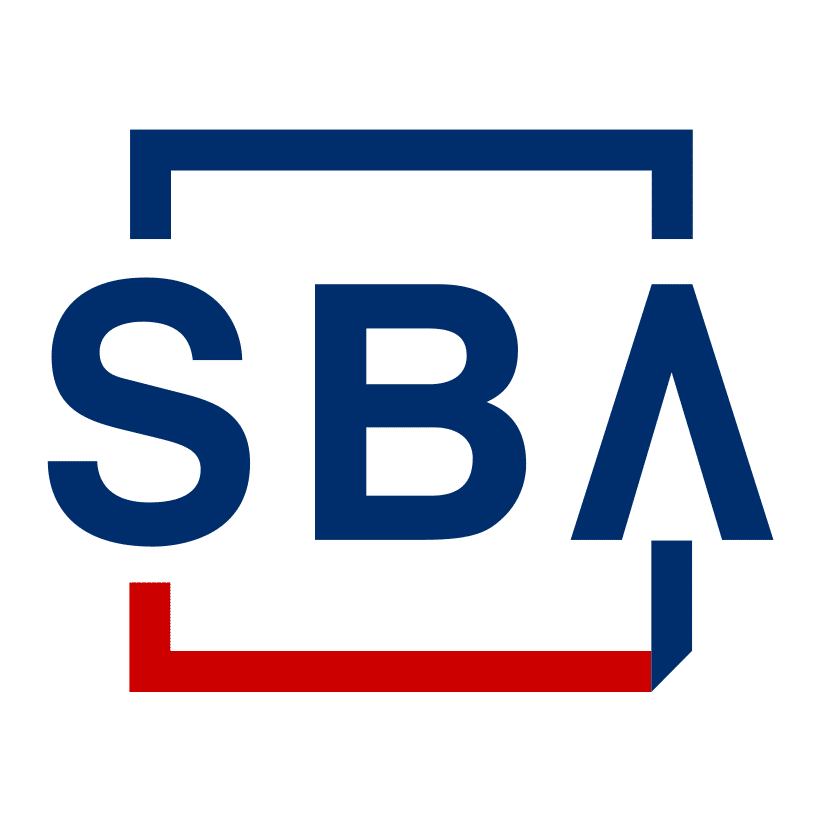Environment, Practice, and Presence
Article 4 of 4 Summary: To ensure the success of your presentation, focus on the environment, your practice, and your presence. These factors contribute to your audience’s overall experience and your ability to effectively communicate your message.

How to Deliver a Memorable Presentation: Tips and Techniques
In today’s world, whether in the workplace, academia, or social settings, we often find ourselves delivering presentations. A memorable presentation not only engages the audience but also effectively communicates the key message. In this article, we will explore various techniques and tips for creating effective presentations that will leave a lasting impression on your audience.
Preparing for Your Presentation
Familiarize Yourself with the Presentation Space
When delivering a presentation, preparation is key. To ensure that your presentation is effective and memorable, it is important to take the necessary steps beforehand. Here are some tips to help you prepare for your presentation:
H3: Visit the Presentation Space
Before your presentation, it is important to visit the presentation space. This will give you a better understanding of the room size, lighting, and setup, and help you feel more comfortable and confident during your delivery. You can also familiarize yourself with the stage, podium, microphone, and any other equipment you will be using during your presentation. This will give you the opportunity to adjust the microphone or podium to the correct height and ensure that any visual aids you plan to use are easily visible to the audience.
Rehearse Your Presentation
Another important step in preparing for your presentation is rehearsing multiple times. Rehearsing your presentation will help you gain confidence, refine your delivery, and become comfortable with the environment. Repeated rehearsals will also help you identify areas for improvement and ensure a smoother presentation. While rehearsing, it is important to maintain good posture and stand up straight, speak slowly and loudly, and engage your audience. Remember to make eye contact with audience members and use appropriate body language, such as hand gestures and facial expressions, to convey your message.
To make your presentation even more effective, consider making it interactive. You can engage your audience by asking questions, using video clips, or incorporating stories and examples. To keep your audience’s attention, highlight important points using bullet points or font size changes, and address any audience questions effectively.
The Importance of Body Language in Public Speaking
Public speaking is a skill that is essential in many areas of life, including academia, the workplace, and social settings. While the words you say are crucial in conveying your message, your body language can be just as important in projecting confidence and engaging your audience.
Maintaining Good Posture and Standing Up Straight: Projecting Confidence and Authority
In public speaking, body language plays a significant role in projecting confidence and authority to the audience. Maintaining good posture and standing up straight are essential aspects of effective body language. By standing tall with your shoulders back and your head held high, you project a sense of self-assuredness that creates a positive first impression.
Good posture also helps to keep your audience engaged by making you appear more confident and composed. When a speaker slouches or leans on one leg, it can give off an impression of insecurity or disinterest. On the other hand, a speaker who stands tall and maintains good posture throughout their presentation commands attention and respect.
Speaking Slowly and Loudly: Enhancing Clarity and Comprehension
One common mistake many presenters make is speaking too quickly or too softly. This can make it difficult for your audience to follow along, leading to confusion and disengagement. To avoid this pitfall, make a conscious effort to speak slowly and loudly, ensuring that your audience can hear and understand you.
Speaking slowly has several benefits. First, it allows you to emphasize important points, making them stand out and easier for your audience to remember. Second, speaking at a slower pace gives your audience time to absorb the information you are presenting. This can lead to better comprehension and retention of your key message.
Projecting your voice is also crucial in public speaking. Speaking loudly ensures that everyone in the audience can hear you, even those sitting at the back of the room. However, it is essential to find a balance between speaking loudly and shouting. The goal is to project your voice in a way that is clear and comfortable for your audience to listen to, without straining your vocal cords or coming across as aggressive.
Engaging Your Audience: Techniques for Audience Interaction
Eye Contact and Facial Expressions
Making eye contact with your audience members helps to create a connection and maintain their focus. Additionally, using facial expressions to convey your emotions and enthusiasm will make your presentation more engaging.
Addressing Questions Effectively
Encourage your audience to ask questions and address them effectively. This not only demonstrates your knowledge of the subject matter but also helps to keep the audience interested and involved.
Using Visual Aids and Interactive Elements
Incorporate visual aids, such as slides, video clips, or even props, to support your main points and make your presentation more engaging. Interactive elements like audience polls or group activities can also help to involve your audience and maintain their attention.
Enhancing Your Presentation Skills: Tips for Success
Practicing and Rehearsing
Rehearsing your presentation will not only help you become more familiar with your content but also build your confidence in delivering it. Practice speaking in front of a mirror, record yourself, or present to a family member or friend for feedback.
Developing Your Stage Presence
Cultivate your stage presence by using hand gestures, varying your voice tone, and incorporating stories or anecdotes to make your presentation more engaging and relatable.
Using Note Cards and Backup Plans
Prepare note cards with key points to help you stay on track during your presentation. Additionally, have a backup plan for technical issues or unexpected interruptions, so you can quickly adapt and continue with your presentation.






